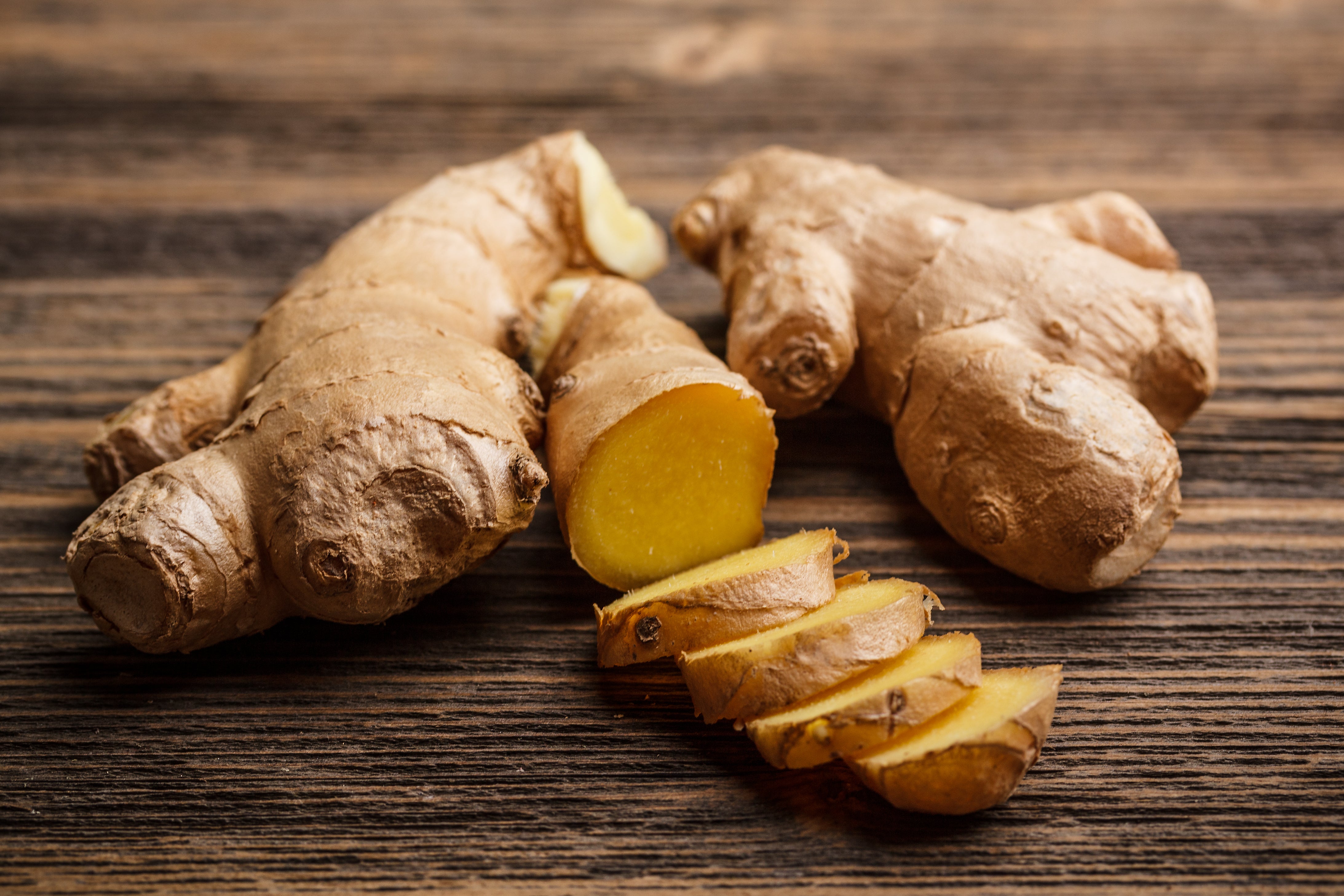The ginger
The ginger

In our "Superfoods" blog post series, we've already looked at some rather obscure superfoods, like nettle. But there are also some real food stars that repeatedly find themselves in the spotlight due to their health benefits. Ginger is one of them.
Ginger has been used in both traditional medicine and cooking for centuries and is known for its sharp, spicy flavor and impressive health benefits. Originally from Southeast Asia, the root has now established itself worldwide as a culinary and medicinal plant and is an indispensable part of kitchens and pharmacies. But what exactly makes ginger so "super"?
Ginger the superfood
Among superfoods, ginger stands out not only for its sharp and spicy flavor, but also for its numerous health benefits. Among its most outstanding properties is its ability to promote digestion and relieve nausea, making it particularly useful for travel sickness, morning sickness, and post-surgery discomfort. In addition, ginger possesses anti-inflammatory properties that can help treat arthritis, as well as analgesic properties that make it a natural alternative for relieving menstrual pain and migraines.
In addition to supporting the immune system thanks to its antioxidant properties, ginger also has a positive effect on conditions like diabetes, as its pungent compounds help regulate blood sugar levels. The gingerols in ginger play an important role in the prevention of certain types of cancer by inhibiting the growth of cancer cells, particularly stomach, colon, and breast cancer.
Promoting heart health is another notable aspect of ginger, as it helps reduce blood clots and improves cholesterol and blood pressure. Its ability to stimulate metabolism and promote satiety makes ginger a popular ingredient in weight management programs.
Ginger is also valued for its stress-relieving and mood-enhancing effects. It can help reduce stress hormones and promote a general sense of well-being.
How do I use ginger?
For culinary use, ginger is available in various forms, including fresh, dried, powdered, oil, and extract. Fresh ginger is often used for its pungent flavor in smoothies, teas, soups, sauces, and marinades. Dried and ground ginger has a longer shelf life and is suitable for baked goods, spice blends, and beverages. Concentrated forms such as ginger extract and oil are used in dietary supplements and aromatherapy.
Perhaps the most classic use of ginger, especially if you value it more for its health-promoting properties than its taste, is ginger tea.

Ginger tea is quite easy to prepare. First, cut the ginger into 3-4 thin slices, then pour hot water over them. Then add honey and lemon juice to your liking. You can also use 1-2 lemon slices if you prefer. Finally, let your tea steep for about 10 minutes, and then you can enjoy your health-promoting ginger tea.

If you're not a tea fan, you can of course use ginger in a variety of dishes. A great example is ginger chicken with vegetables, and here's how to prepare it:
- Prepare the marinade: In a bowl, combine soy sauce, honey, sesame oil, chopped ginger, and garlic. Add chicken strips and marinate in the refrigerator for at least 30 minutes.
- Prepare vegetables: Heat the vegetable oil in a pan or wok. Add the vegetables and fry until soft but still crunchy. Remove from the pan and set aside.
- Cooking chicken: In the same pan, fry the chicken strips (without any excess marinade) until cooked through and lightly browned.
- Merge: Add the roasted vegetables to the chicken in the pan. Stir well to ensure everything heats evenly.
- Serve: Season with salt and pepper. Optionally, garnish with sesame seeds and chopped spring onions.
Conclusion
The diverse health benefits and wide range of uses make ginger a true superfood. Whether for disease prevention, supporting a healthy lifestyle, or simply enriching the culinary experience, ginger deserves a permanent place in every household. Its vibrant presence in diverse cultures and cuisines around the globe testifies to its universality and effectiveness. Ginger is therefore more than just a root—it is a source of health and well-being.




